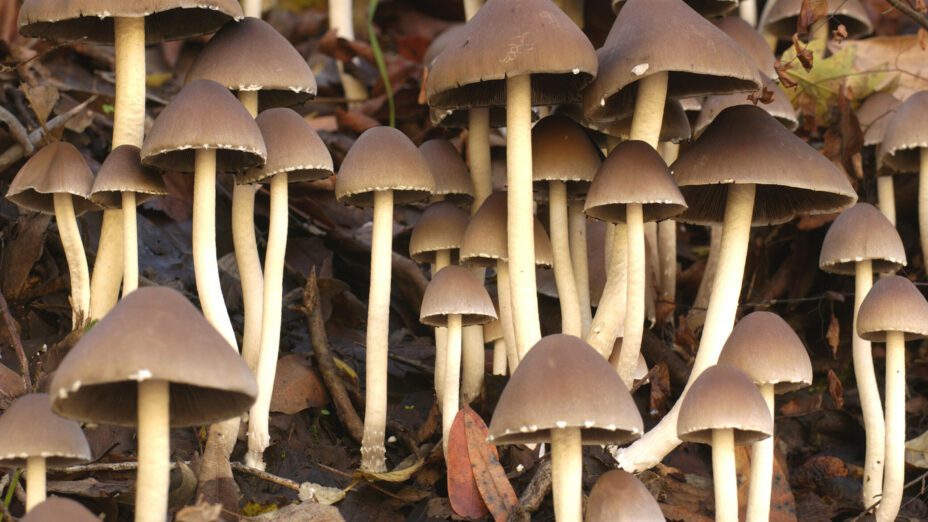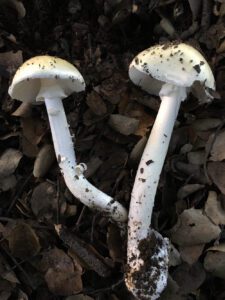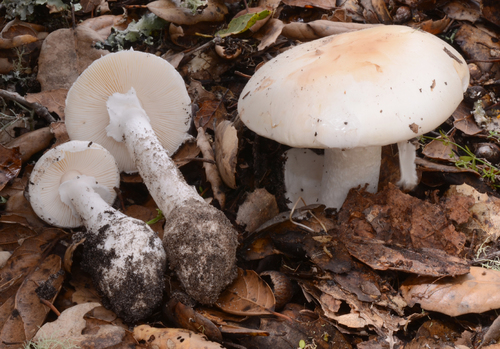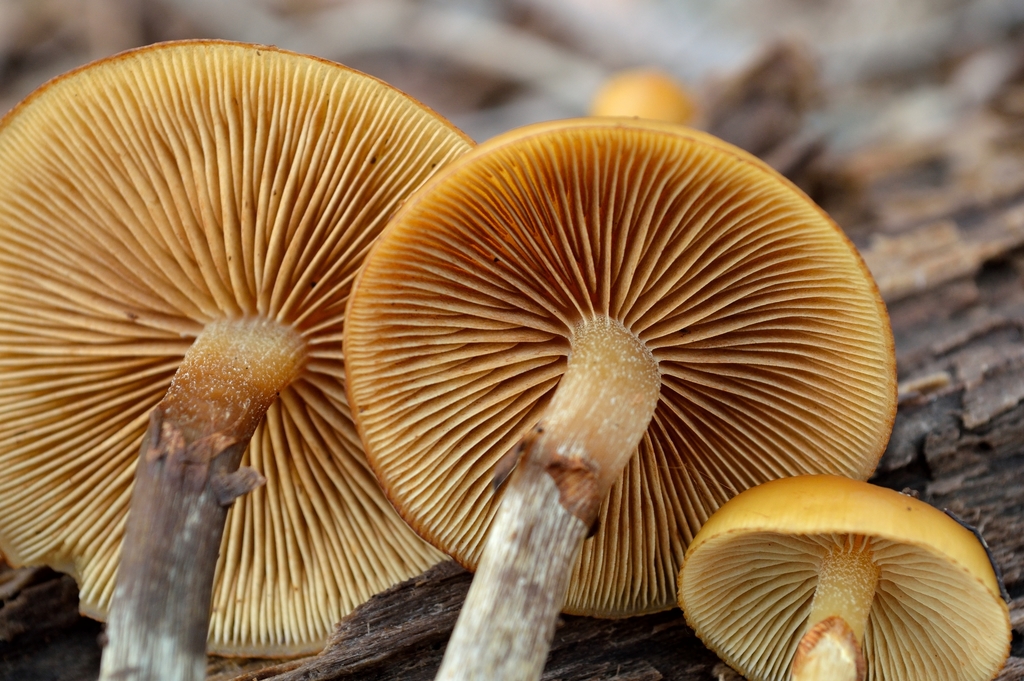
By Sean Burke
It is easy to overlook the mushroom kingdom when we are out and about in the hills. But the truth is, fall, winter, and spring in the Mount Diablo area are an incredible time to learn about our friends in fungi.
The area is extremely rich with different habitats and vegetation types, elevations, and microclimates, which allow and provide for quite a variety of species.
These decomposers are pivotal in providing ultra-rich nutrients for plants to thrive with healthy soils, naturally turning over deadfall and returning it to the Earth.
There are thousands of different species of mushrooms in the area, from slime molds to Amanitas, Russulas to Hericiums, boletes to oysters. Many of these have been utilized by cultures all over the world for their medicinal properties as well as their culinary goodness.

American fly agaric (Amanita muscaria ssp. flavivolvata). Photo by elephantmom / CC-BY-NC
Did you know that there are even mushrooms called Cordyceps that grow out of the central nervous systems of insects?

Scarlet caterpillar club (Cordyceps militaris). Photo by stellar_viscera / CC BY-NC
One thing to keep in mind when learning about these little ones is that it is illegal to collect and forage for them in our surrounding parklands, but that shouldn’t dissuade you from learning about the pivotal role that they play in our environment.
Of course, there are highly toxic mushrooms in the Mount Diablo area that will cause serious harm to us if eaten, so it is imperative to seek knowledgeable mentors, join local mycological organizations, or pick up a book. Check out All That the Rain Promises and More by David Arora or Mushrooms of the Redwood Coast by Christian Schwarz and Noah Siegel.
Learn everything there is to know about the three mushrooms that are deadly to humans if ingested: the death cap (Amanita phalloides), the destroying angel (Amanita ocreata), and the funeral bell (Galerina marginata).
 Death caps (Amanita phalloides). Photo by Damon Tighe / CC BY-NC |
 Western destroying angel (Amanita ocreata). Photo by noah_siegel / CC BY-NC-SA |
All mushrooms have a unique spore print, like a fingerprint, which when combined with the defining features of the mushroom make it possible to determine the identity of the individual.
The most important thing to know is that an area with a healthy and diverse fungi population is a thriving environment, and that is exactly what we have here in the northern Diablo Range. With that in mind, get out there and learn about a world hidden in plain sight, which is all around you all of the time.

Funeral bell (Galerina marginata). Photo by Benjamin J. Dion / CC BY-NC-SA
Have fun with fungi!
Top photo by Scott Hein

